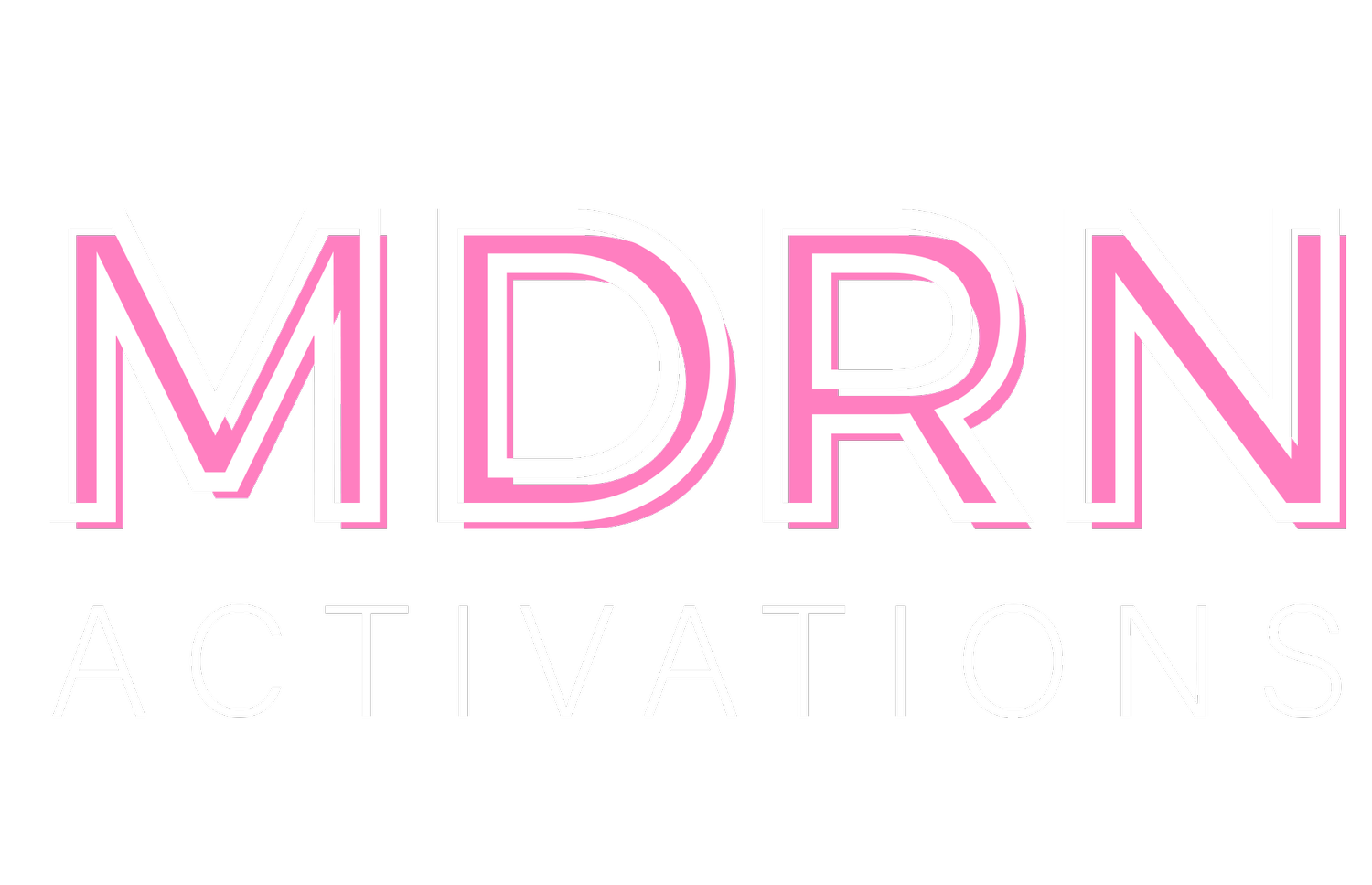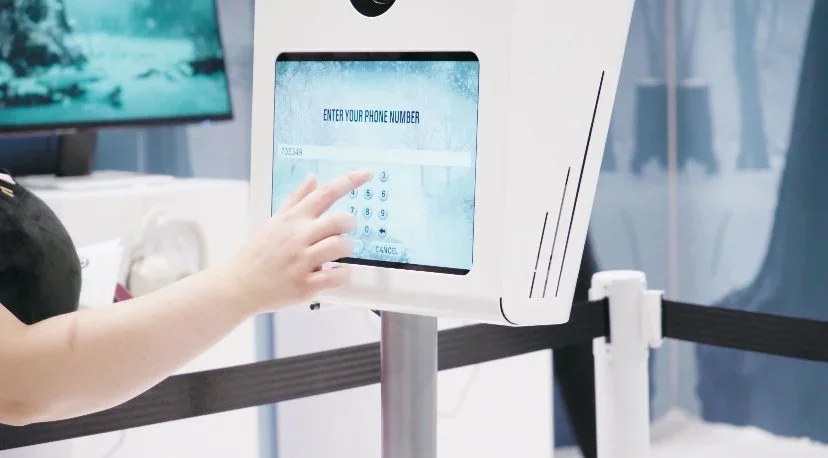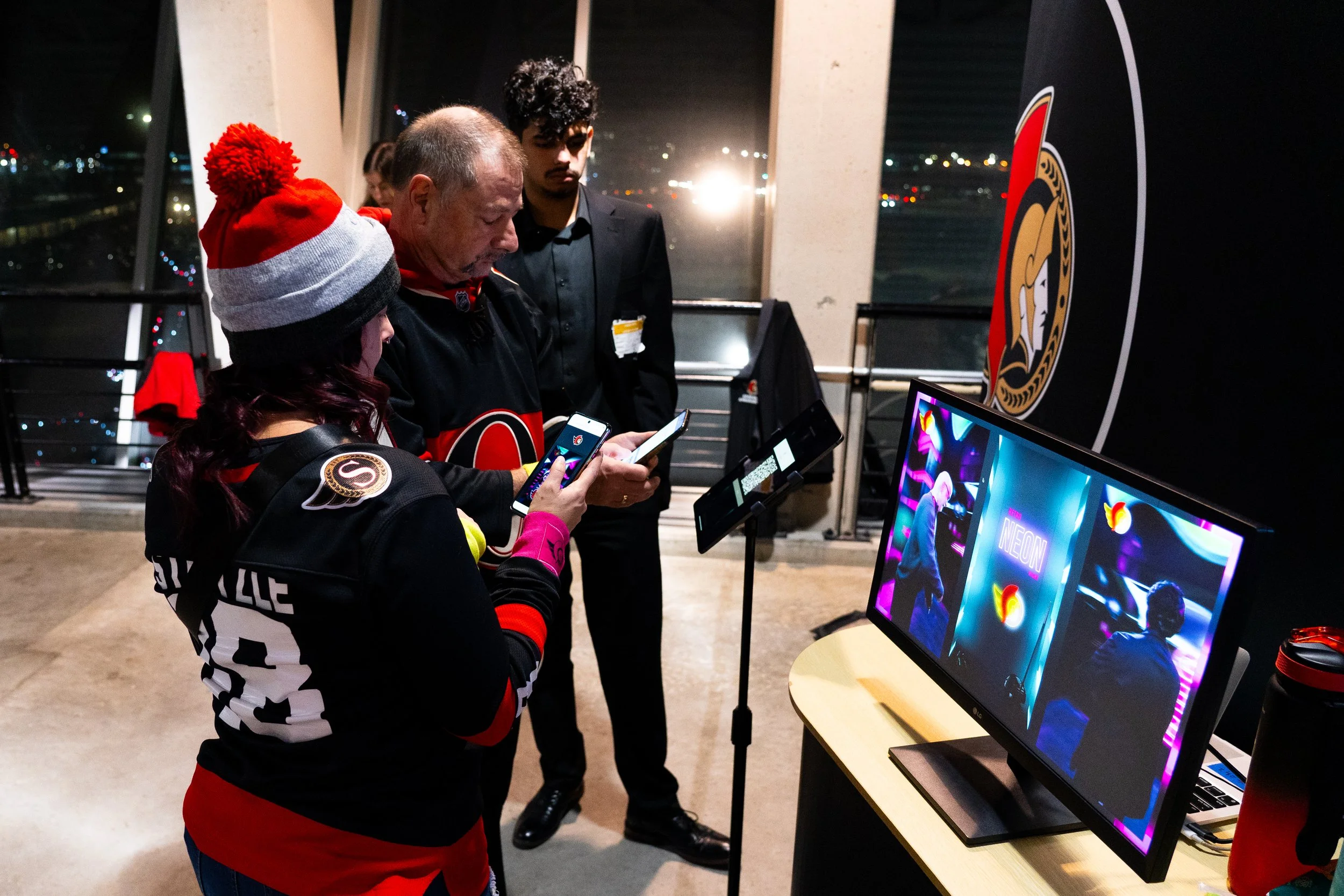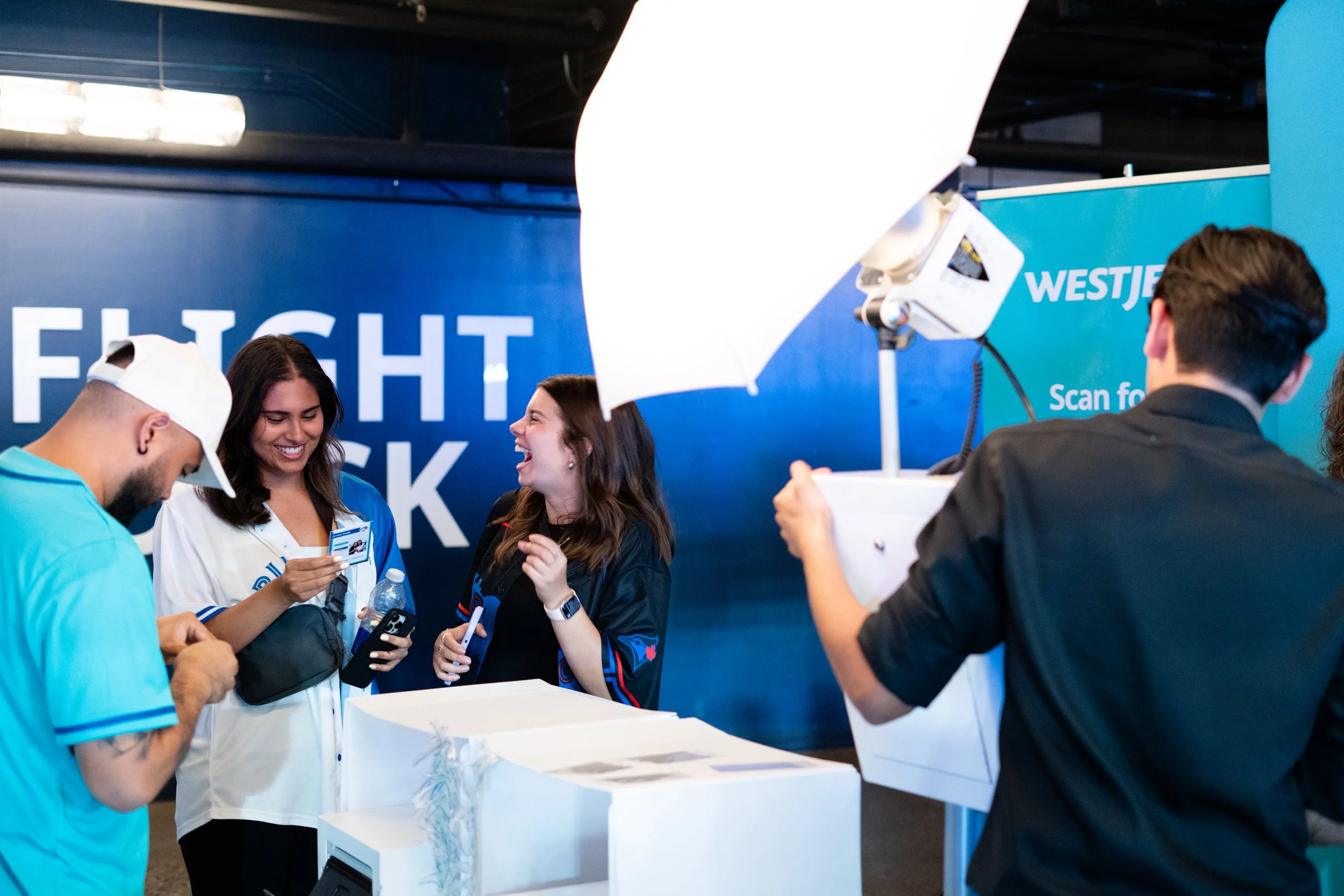How to Measure ROI from Experiential Brand Activations | Data-Driven Creativity in Action
How to Measure ROI from Experiential Brand Activations
Let’s not sugarcoat it: proving ROI from an experiential activation can feel like trying to measure the wind. You know it moved people, you saw the smiles, the phones out recording, the rush of energy but when your boss asks, “So… how much revenue did that generate?” the room gets quiet.
Here’s the truth: experiential marketing isn’t fluff. When done right, it drives measurable business results and yes, you can prove it.
Let’s break down exactly how.
What Does ROI Really Mean for Brand Activations?
ROI—Return on Investment—isn’t just dollars in versus dollars out. In experiential marketing, ROI is about the impact your event delivers versus the resources it took to make it happen.
That can include:
Leads captured or sales generated
Social engagement and reach
Content creation value
Data collected for future targeting
Brand sentiment shifts (how people feel about you after the event)
When you stop chasing one metric and start looking at ROI as a collection of measurable outcomes, suddenly the story gets a lot more interesting.
Why Is Measuring Experiential ROI So Hard?
Because most teams track outputs, not outcomes.
They count the number of photos taken, not the number of conversations sparked.
Here’s where the disconnect happens:
No clear objective: The event was “for awareness,” but no one defined what awareness actually looked like.
Data gaps: The tech setup didn’t capture usable contact data.
Post-event silence: The team never followed up, so the momentum died in the inbox.
ROI can’t exist in a vacuum. It starts before the event by defining what success looks like, and ends long after the lights turn off, when you track what that experience did for your brand.
What Metrics Actually Matter to Executives?
Your CEO doesn’t care how many people “had fun.” They care about how that fun moved the needle.
Here’s what decision-makers actually pay attention to:
1. Lead Generation:
How many qualified leads did the activation deliver?
Example: At MDRN’s Xbox “Power Play” activation, over 3,000 leads were captured via interactive photo experiences and QR scans.
2. Engagement Depth:
How long did guests engage? How many shared their content online?
3. Conversion or Post-Event Behavior:
Did those who participated take the next step (visit a landing page, purchase, follow the brand)?
4. Earned Media & PR Reach:
What was the event’s social amplification? How many posts, mentions, and impressions?
5. Cost Efficiency:
Did the activation’s cost-per-engagement beat that of traditional media buys?
Pro tip: when reporting, always tie at least one of these back to a business goal. “We drove 5,000 social shares” sounds nice, but “We cut cost-per-engagement by 40% versus paid ads” gets executives leaning in.
How Can You Collect Data Without Killing the Vibe?
No one wants to feel like they’re signing up for a mortgage just to snap a photo. But smart tech makes data collection effortless and natural.
Here’s how to do it right:
Use QR codes and digital waivers for seamless consent and data capture.
Integrate opt-ins at natural moments before downloading a photo, after a video render, or when guests share their content.
Keep forms short. Ask for one key thing (like email) instead of everything under the sun.
Incentivize participation, think instant rewards or digital keepsakes.
At MDRN Activations, we design every photo and video moment to double as a data collection point. Guests think they’re just grabbing a cool branded video, meanwhile, you’re collecting GDPR-compliant data that helps you remarket with precision.
How Do You Turn Numbers Into a Story?
Executives love data. But what they remember are stories.
Turn metrics into narrative:
Start with your goal (e.g., “We wanted to increase awareness among Gen Z gamers”).
Then show the experience (“We created an AR-powered booth where guests battled virtual opponents and shared clips”).
End with the result (“Within 48 hours, the activation generated 12,000 shares and 800 new sign-ups”).
It’s not about drowning them in spreadsheets, it’s about connecting outcomes to impact.
How Do You Improve ROI for Your Next Activation?
Here’s your cheat sheet for future-proofing your next event:
Set measurable objectives early.
Define what success looks like in numbers, not vibes.Design with data in mind.
Plan your flow to capture emails, opt-ins, and social metrics.Invest in analytics tools.
Use dashboards or CRM integrations that visualize ROI instantly.Extend the lifespan.
Repurpose event footage, share recaps, and follow up with leads.Test and iterate.
Compare each activation’s metrics to refine what works.
When you measure intentionally, ROI becomes less about defending budgets and more about celebrating wins.
Key Takeaways
ROI isn’t just about money. It’s about measurable business impact.
Define success early, track data seamlessly, and report with context.
Use storytelling to make data meaningful.
Every activation should generate insights, not just memories.
The Bottom Line
Your activations aren’t “just for fun.” They’re powerful brand moments with measurable outcomes—if you know what to track.
Stop chasing “viral” and start capturing valuable.
When your experiences deliver both emotional connection and actionable data, proving ROI isn’t a challenge—it’s your flex.
Got an event coming up and need to prove it’s worth every penny?
Let’s make it measurable and magical.



